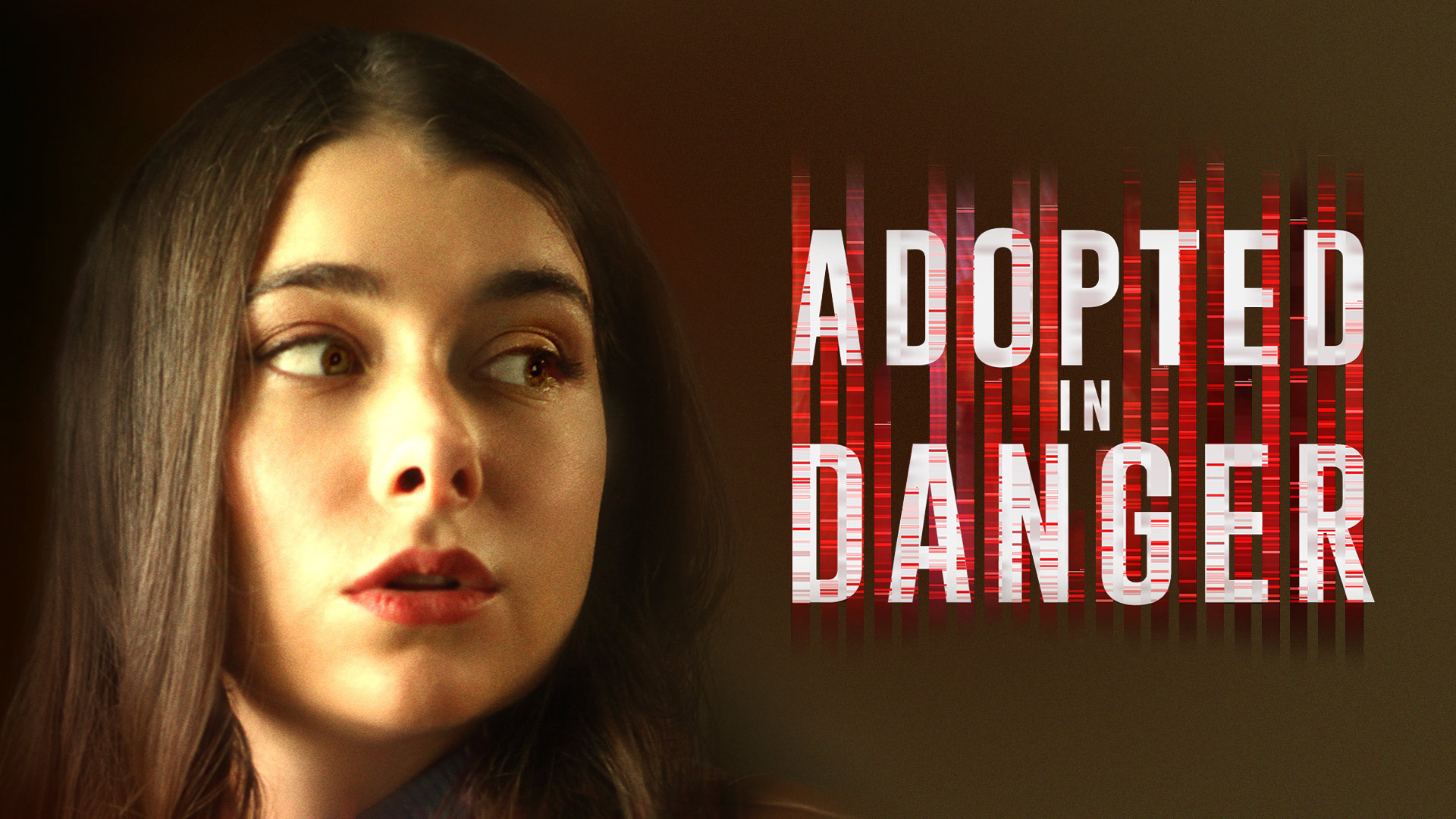
In the 2022 adaptation of John Edward Williams’s novel, Butcher’s Crossing plunges deep into the raw heart of the American frontier, stripping away any illusions of romanticized wilderness. Directed by Gabe Polsky, the film stars Fred Hechinger as Will Andrews, a Harvard student disillusioned with academia, who journeys west in search of truth and purpose. What he finds instead is a world stained with blood, ambition, and madness.
Nicolas Cage commands the screen as Miller, a buffalo hunter whose obsessive quest to find and slaughter a hidden herd in the Colorado wilderness becomes a brutal descent into chaos. Cage’s performance is terrifyingly focused—a man so possessed by his own myth that he drags everyone around him into ruin. Hechinger plays the perfect foil: wide-eyed, idealistic, then steadily broken by what he witnesses.
The film’s visual language is stark and unforgiving. Vast landscapes slowly turn claustrophobic as winter traps the hunting party in an icy valley littered with buffalo carcasses. The slaughter scenes are relentless, not glorified, and the slow disintegration of the group’s psyche becomes a quiet horror story of man vs. nature—and man vs. himself.
While some viewers may find the pacing slow and its emotional depth slightly underdeveloped, the film makes up for it with atmosphere, moral weight, and existential dread. It’s a Western not about action, but about consequence.
In a fictional follow-up, Butcher’s Reckoning takes place five years later. Will Andrews has returned east but cannot escape the ghosts of what he saw in the valley. Haunted by dreams of the endless killing, he’s drawn back west after hearing rumors that the last of the buffalo are being driven to extinction—and that someone calling himself “Miller” is still alive.

The sequel would shift from survival horror to a psychological thriller. Andrews, now a changed man, sets out not to join the hunt—but to stop it. Along the way, he meets Native trackers, former trappers, and a young journalist eager to expose the truth. The story becomes one of redemption and responsibility, exploring the environmental and spiritual cost of America’s expansion.
Visually, it would contrast desolate plains with fragile signs of renewal. Buffalo bones, now bleached white under the sun, become monuments to a lost world—and to human greed.



